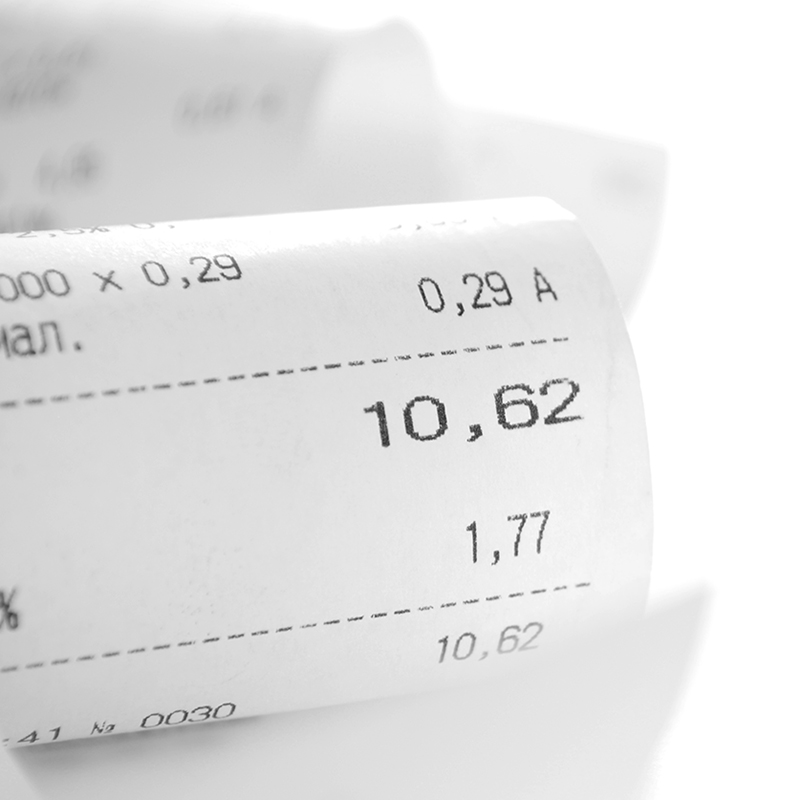
By: Caroline C.
Year: 2023
School: Arnold O. Beckman High
Grade: 10
Science Teacher: Michael Tran
In a world dominated by technological advancements and fast-paced transactions, paper receipts have become an integral part of our daily lives. However, a science project by Caroline aims to shed light on a potential threat lurking within these seemingly innocuous slips of paper. The central question driving her experiment is whether paper receipts harbor dangerous chemicals, specifically focusing on the presence of Bisphenol A (BPA) in comparison to normal paper.
The inspiration for this investigation came from Caroline’s encounter with an article highlighting the hazards associated with Bisphenol A, a chemical commonly found in everyday household products. Further research revealed that thermal paper, used in manufacturing paper receipts, contained traces of BPA. Intrigued and concerned about potential health implications, Caroline embarked on a scientific journey to examine the BPA levels in paper receipts from different fast-food chains.
Caroline collected three receipts from four distinct locations, ensuring a robust and repeatable experimental process. The first step involved wetting a cotton swab in rubbing alcohol, which was then rubbed against the test items (receipts or paper). After allowing the swab to dry, it was dipped into a BPA indicator solution to reveal any presence of BPA through observable changes in color.
The BPA indicator, initially yellow, remained a constant neutral factor throughout all tests. However, the swabs applied to paper receipts exhibited slight color changes, ranging from dark grey-green to dark grey-blue, unlike the control groups that showed no alteration. Caroline interpreted these variations as indicative of the presence of BPA in paper receipts.
Caroline’s hypothesis that thermal paper, often partially made from recycled plastic, would contain more harmful chemicals than normal paper proved correct. Despite the observed minimal signs of Bisphenol A in the paper receipts, the significance of its presence was undeniable. This revelation supports the notion that paper receipts may indeed contain harmful chemicals that can be transmitted to individuals handling them.
